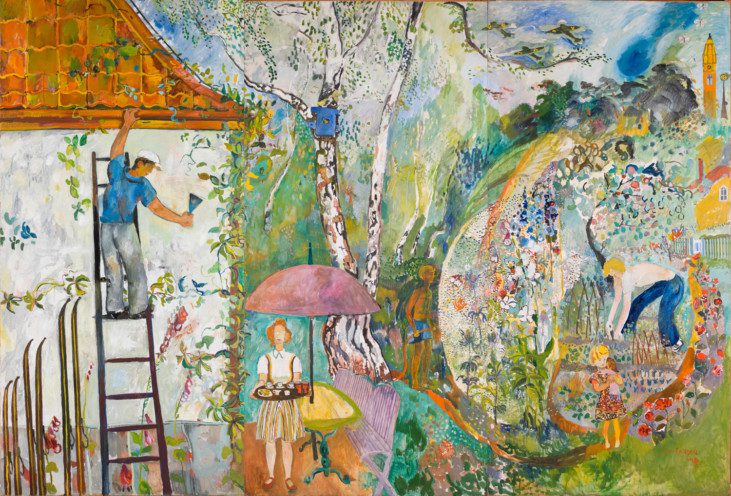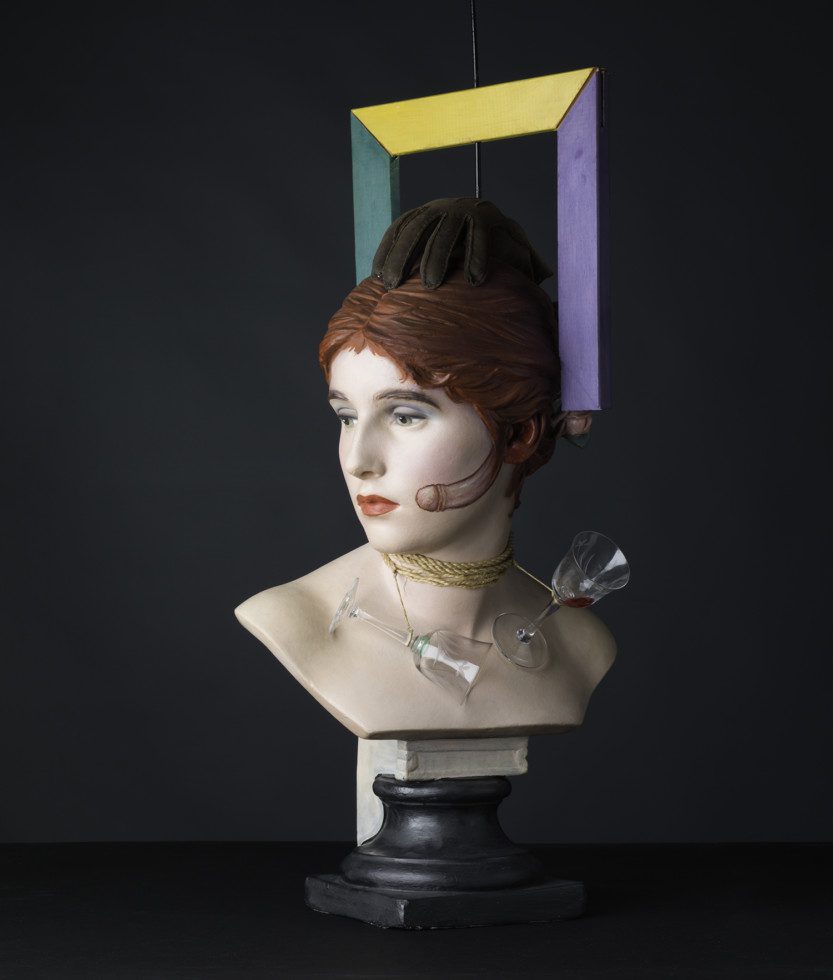
Wilhelm Freddie, Sex-Paralysappeal, 1936 © Wilhelm Freddie Bildupphovsrätt 2023
Nordic Surrealism
Symposium
5.5 2023 – 6.5 2023
Stockholm
Nordic Surrealism
Symposium
Date
Friday and Saturday 5–6 May 2023
Time
Friday at 10.30–17.30
Saturday at 10.30–17
Place
The Cinema, floor 2
Language
English
Price
Free admission, pre-registration required
Pre-registration is sent to Kristoffer Noheden (kristoffer.noheden@ims.su.se), Stockholms universitet
Contact: Karin Malmquist, Moderna Museet
How was the Nordic region influenced by surrealism? Prominent researchers and curators meet for two days at Moderna Museet to discuss the surrealist styles, impacts and meanings in Nordic art life and history. Hear them explore tendencies and new perspectives on artists, writers, collectors and exhibitions.
What did surrealism mean in the Nordic countries? When was surrealism introduced and how did it manifest itself? How was surrealism received, and what role did it play in various national contexts?
In the symposium “Nordic Surrealism”, researchers and curators attempt to answer these questions. Take part in their presentations on subjects spanning from the Paris-based artist Greta Knutson-Tzara, the situationists and their links to surrealism, to collage and comics. Nordic surrealism is revealed as a rich and multifaceted and surprisingly vibrant phenomenon.
In 1930s Denmark, artists interested in surrealism gathered around the publication Linien, and the exhibition “Kubisme=Surrealisme” (1935) brought international surrealism to Copenhagen. In 1930s Sweden, the Halmstad Group became famous and had an international breakthrough. Among more recent surrealist initiatives are the Imaginist artist group in the late 1940s, and the Stockholm surrealist group, formed in the mid-1980s.
In Iceland, surrealism did not gain a foothold until the 1960s, and a decade later, it was radicalised by the young members of the Medúsa group. In Norway and Finland, surrealism never grew into a movement but had a major influence on several poets and artists. “Nordic Surrealism” explores these tendencies and offers new perspectives on artists, writers, collectors and exhibitions.
The symposium is organised by Andrea Kollnitz, Department of Culture and Aesthetics, and Kristoffer Noheden, Department of Media Studies, Stockholm University, together with Moderna Museet with funding from the Swedish Research Council.
Programme Friday 5 May
10.30
Participants are welcomed by Anna Tellgren, curator and head of research at Moderna Museet.
Andrea Kollnitz and Kristoffer Noheden at Stockholm University will give an introduction.
10.45–12.30
Panel 1: Exploring and Exhibiting Surrealism in Sweden
Martin Sundberg (Jönköping County Museum) – “Greta Knutson’s Fairy-Tale Surrealism”
Mats Jansson (University of Gothenburg) – “The Introduction of Surrealism in Sweden and the Case of Folke Dahlberg”
Erika Danker (Mjellby Art Museum) – “Exhibition as a Medium for New Perspectives: Mjellby Art Museum”
12.30–14.00
Lunch
14.00–15.45
Panel 2: Surrealism and Situationism in Denmark
Camilla Skovbjerg Paldam (Aarhus University) – “‘Common Humanity’: Sonja Ferlov Mancoba’s Intercultural Surrealism”
Per Stounbjerg (Aarhus University) – “The Construction of Surrealism in Danish Literary History”
Mikkel Bolt Rasmussen (University of Copenhagen) – “The Surrealism of the Situationists”
15.45–16.15
Coffee break
16.15–17.30
Panel 3: Predecessors and Collectors in Norway
Kari Brandtzaeg (Munch Museum) – “Rolf Stenersen (1899–1978) – a Forgotten Protagonist of Surrealism in Norway?”
Lars Toft-Eriksen (Munch Museum) – “The Automatism of Edvard Munch: A Case Study of the Symbolist Genealogy of Surrealism”
Programme Saturday 6 May
10.30–12.15
Panel 4: Surrealism in Iceland and Finland
Solveig Gudmundsdottir (University of Iceland) – “Nocturnal Revelations: Notes on Surrealism and Esotericism in the Art of Alfreð Flóki”
Benedikt Hjartarson (University of Iceland) – “A Collective Adventure Called Surrealism: Tracing a Tradition of Youthful Revolt”
Harri Veivo (Université Caen Normandie) – “Jet-Lagged Surrealism in Finland”
12.15–13.30
Lunch
13.30–14.45
Panel 5: The Halmstad Group and the Imaginists
Helen Fuchs (Halmstad University) – “The Decorative as a Surrealist Method in the Halmstad group”
Kristoffer Noheden (Stockholm University) – “The Persistence of Imaginism: Gudrun Åhlberg”
14.45–15.15
Coffee break
15.15–16.30
Panel 6: Visions and Margins
Andrea Kollnitz (Stockholm University) – “Surrealism as Other: On the Cases of Thea Ekström, Endre Nemes and Stellan Mörner”
Niklas Nenzén (Uppsala University) – ”The Pine Cone Man: John Andersson and Surrealism”
16.30–17.00
Concluding discussion
Sleepless Nights
In the 1980s, a number of outstanding female artists emerged in Sweden and the Nordic region. They are the hub of the exhibition “Sleepless Nights …
From the 1980s in the Moderna Museet collection
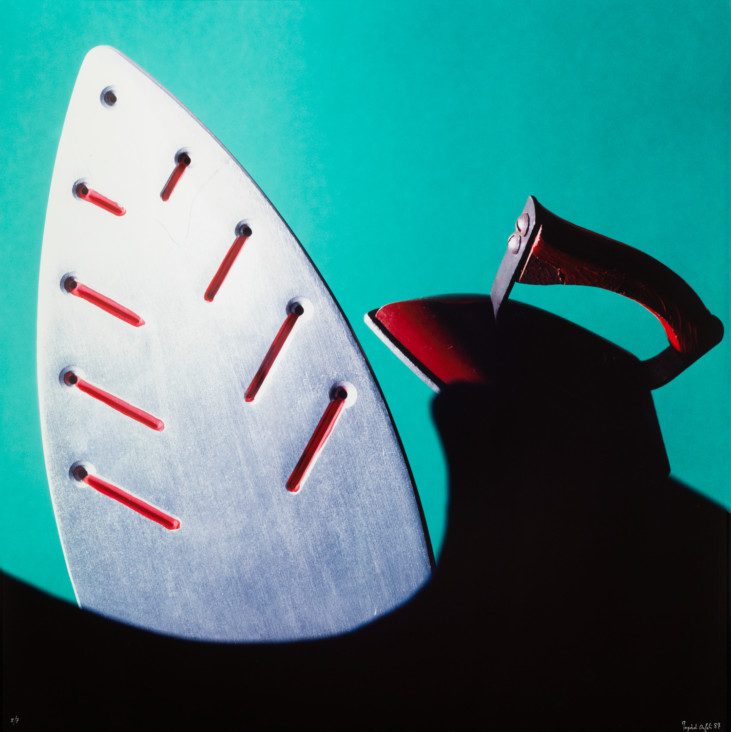
Laurie Anderson
Laurie Anderson is a legendary figure in American avant-garde art, experimental music and independent culture. In this exhibition, Laurie Anderson …
Looking into a Mirror Sideways
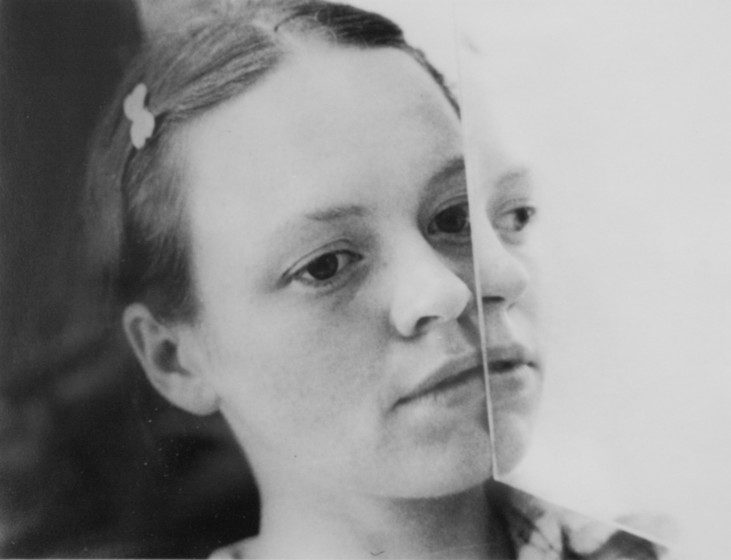
Monica Sjöö
Throughout her practice, the artist, activist, writer and eco-feminist Monica Sjöö (1938–2005) fought an uncompromising battle for freedom from …
The great cosmic mother
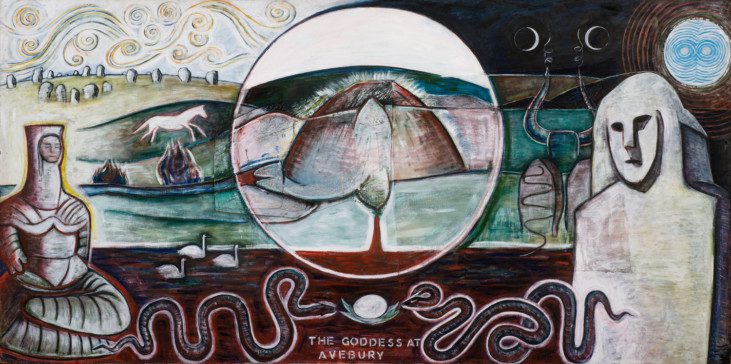
Moderna Museet Collection
What is the Moderna Museet Collection? A wonderful way to travel in time, art and ideas. Here, you will find some of the world’s finest art, modern …
Moderna Museet Collection
